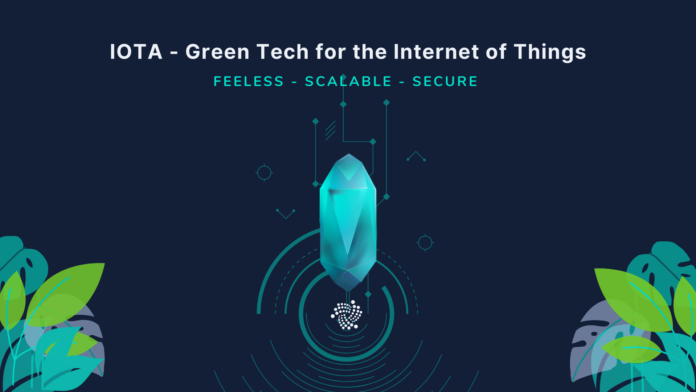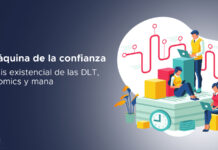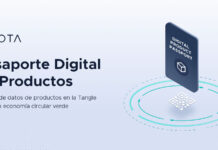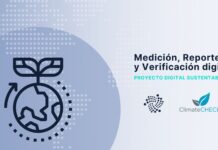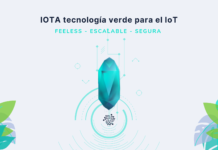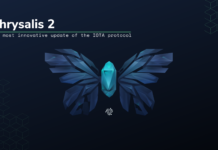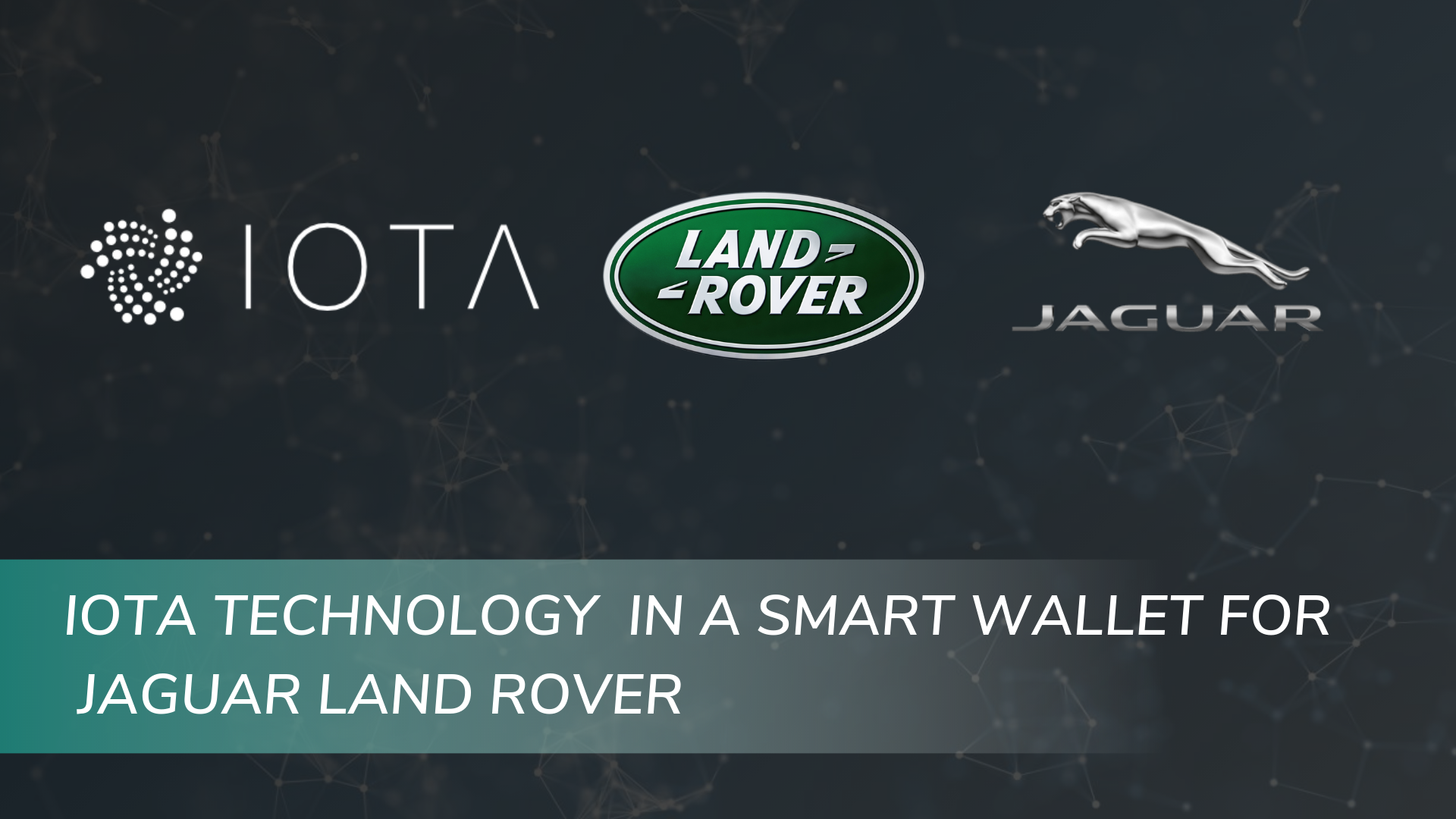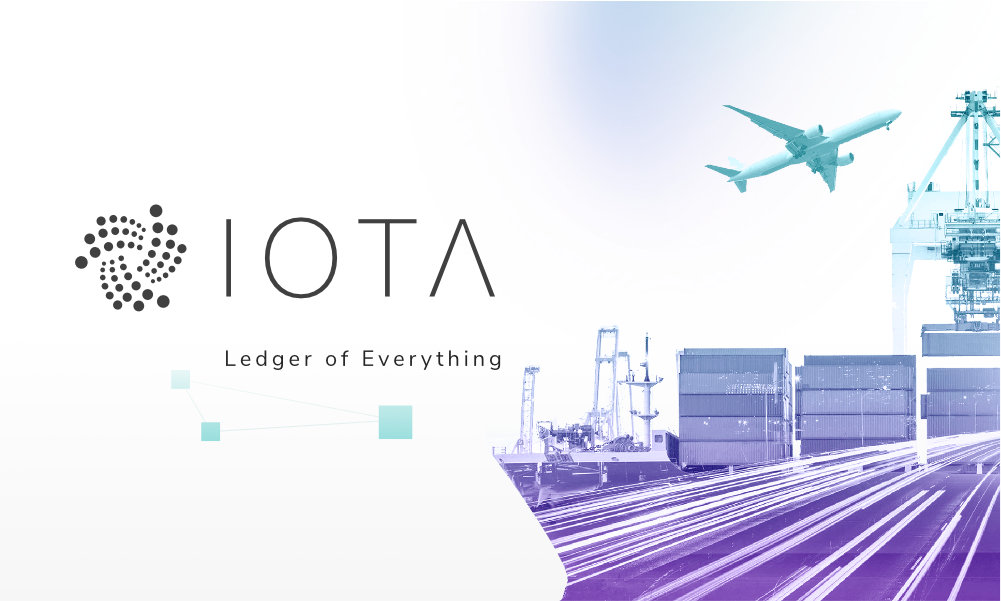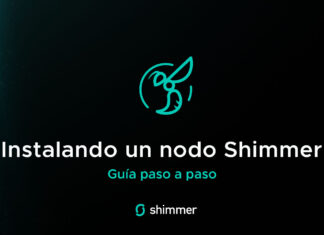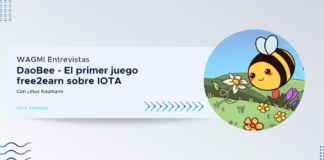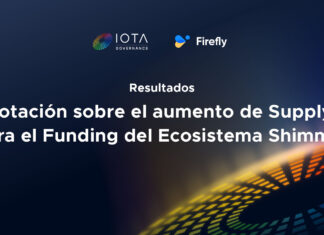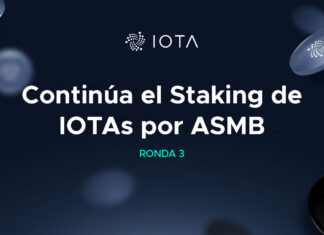Why is IOTA one of the solutions that best fits the Internet of Things? IOTA was born back in 2016 thinking about finding a solution to the problem presented by the traditional Blockchain if it was to be used massively.
The underlying characteristics of the Blockchain make it an inefficient protocol for interconnectivity between devices or for sending small amounts of money due to high fees per transaction, lack of scalability, network congestion when there are many transactions happening at the same time and last but not least, the controversial point of environmental pollution due to miners.
This last point was highlighted by Elon Musk in a tweet in which he said that Tesla would stop accepting Bitcoin payments because of the carbon footprint it left due to the high energetic expense consumed to make the Blockchain work.
IOTA and the IoT
IOTA was born with the clear mission to connect millions of people and machines through a decentralized protocol and without fees, IOTA already had a vision for the future. It was being prepared to be the standard protocol for the Internet of Things (IoT).
Some problems of the conventional Internet for the IoT
Let’s back up a bit and see why alternative technologies are being considered for optimal use of the IoT. According to studies by the firm Statista, around 75/100 billion connected objects are expected in the world by 2025, an impressive growth compared to 2015, when they reported 15 billion connected devices.
Consequently, Jeremy Rifkin in one of his books invites us to think that in the face of the growth of interconnected devices and the era of IoT (Internet of Things), conventional systems are not the most suitable for deployment because they have drawbacks of various aspects, some of the most important are privacy and the ability to support such a large number of connections.
According to a report at The Economist, until a few years ago, the most widely used protocol was Internet IPv4, which only allowed 4300 million unique addresses on the Internet, so there would be few free addresses to connect billions of things to the Internet, since approximately 2000 million of these addresses are already being used by people on the network. However, this problem has been addressed by creating a new version of the IPv6 protocol that expands the capacity to about 340 billion addresses.
Despite this apparent solution in adapting the capability of the Internet to support larger numbers of IPs, there are still other issues to be addressed for a full IoT deployment. Questions such as:
- How can my data deployed on centralized networks be protected from misuse?
- Who really owns my data?
- How do you ensure data immutability?
- How much would it cost me to be interconnected?
Immediately after reading about this, new emerging technologies and protocols such as Distributed Ledger Technologies (DLT) come to mind as an answer and solution to the questions mentioned above. But let’s see that not all DLTs are the same, or provide the same benefits for the IoT or the machine economy.
Let’s find out what a DLT is
Let’s start at the beginning, what is a DLT? It is a database or data registry in which copies of the same information are stored in several devices avoiding centralization. This system can be public or private. The fact that the data in a DLT is managed by several participants and needs consensus to work, makes this system difficult to manipulate, preventing any type of fraud or hacking to the network.
Three generations of Distributed Ledgers
We currently know three types of Distributed Ledger, and we can define them by separating them into 3 generations. Although the first 2 are the most popular, we will review the difficulties that would represent its application to the IoT world and why IOTA would be the protocol that finally meets the needs of a Distributed Ledger (after Coordicide): secure, scalable, decentralized.
The first and second generation are conformed by Blockchain and Ethereum respectively. Both technologies use Proof of Work (although Ethereum is looking to change to Proof of Stake), a system that seeks to demotivate and difficult unwanted behaviors such as DDoS attacks or spam. Proof of Work in these two cases are necessary to add new blocks to the blockchain. Here appear the miners who are in charge of executing the proof of work required to solve a cryptographic problem. As this process has become increasingly challenging, miners need hardware with high computing power that guarantees to solve this cryptographic problem that will make their block chosen to join the chain and therefore be able to earn a reward.
This process brings the following disadvantages:
- The network becomes slow, a new block is added to the chain approximately every 10 minutes. And for a transaction to be considered complete, it needs 6 confirmation blocks, which translates to 60 minutes of waits.
- In order for transactions to be approved faster, participants must pay high fees.
- Network congestion or bottleneck The more transactions there are in the network, the slower it becomes. The network does not scale.
- Energy consumption of miners is also a problem. In 2018, the Bitcoin network consumed 45.8 billion watt-hours per year.
- The Bitcoin network currently consumes more than 60 billion watt-hours.
IOTA makes the difference
This is where IOTA sets the difference as it works on a different network than blockchain. All of blockchain’s inherent features here work in a totally different way.
What is IOTA?
Generally speaking we could say that IOTA is a Distributed Ledger Technology (DLT) that allows devices running on the IOTA network called Tangle. With IOTA you can perform micro transactions and sending data in an immutable way.
Its main features are:
- Open source
- No fees
- Scalable
- Secure
These features makes IOTA the ideal protocol for IoT as it provides a layer of trust for any device that is connected to the global Internet. Both data and valuable tokens can be exchanged on the IOTA network. As it does not use miners to approve transactions, it has no fees and the power consumption is totally low compared to previous generations of DLTs.
IOTA and data protection
One of the questions we were asking at the beginning of the post was the problem with using the internet for IoT and the lack of data protection this would present.
In the era of the Internet of Things it is important that we have confidence that our data is kept protected. Unlike Blockchain, we saw that IOTA uses a non-linear data structure called Tangle which makes it fee-free and much more scalable. The Tangle also facilitates fee-free data transactions, such as DID registrations and credential revocation. As a single source of truth and trust in data, the Tangle can provide the infrastructure for trust in a highly interconnected world.
These are the Digital Identity solutions that IOTA addresses
Identity Of Things Devices have an identity that proves their capabilities, specifications and authenticity to enable others to feel secure in transacting with them.
Self Sovereign Identity People have a borderless digital identity that can be verified by anyone or anything in the world.
Regulatory Compliance Organizations can use digital identities to follow regulations like GDPR in a more cost-effective way.
IOTA is working to help approach privacy and trust concerns on the Internet through an IOTA Identity protocol. The IOTA Foundation Identity Protocol, based on W3C (World Wide Web Consortium) standards, will allow objects (machines), organizations and individuals to have their own identity online in a self-sovereign identity (SSI) framework. This will enable complete control over a digital identity – without the permission of an intermediary or central party. It also allows control over how personal data is shared and used.
You can read more about IOTA Digital Identity in the following blog posts:
IOTA Identity: Beta version released
Digital Green Certificates: A decentralized and interoperable infrastructure
https://files.iota.org/comms/IOTA_The_Case_for_a_Unified_Identity.pdf
IOTA – Optimization of energy consumption and scalability
Last month an upgrade of the network called Chrysalis took place. This upgrade led to the removal of some features that IOTA had since its conception that were not optimal for its functionality. This network upgrade translates into improvements in the performance of the protocol in terms of, for example, energy consumption, which improved by 60%. Compared to Bitcoin, which runs on the Blockchain, IOTA can perform 600 million transactions and consume the same energy as a single Bitcoin transaction.
You can send 600 million #IOTA transactions and consume the same power as one #Bitcoin transaction, and you pay no fees.
The future of digital money is not Bitcoin. It is projects like IOTA.https://t.co/Fn0uiKKic1 https://t.co/qnhkc2ZvH3
— Charlie Varley 💎 🦋 💎 (@c_varley) May 12, 2021
Due to the network upgrade and the transition to binary (as opposed to ternary) logic, as well as the use of Ed25519 signatures instead of W-OTS, IOTA was able to reduce much of the computational load that HORNET nodes need to keep the network alive.
If we look at the energy consumption of conventional systems such as VISA or Mastercard, which perform an enormous amount of transactions per second around the world, IOTA uses less energy than these systems in comparison.
ill leave a picture below with some easy statistics. Also, #IOTA uses 0.000000002% of the energy use as Bitcoin does. It can send 1.5 billiom transactions for the energy used for 1 Bitcoin transaction. No wonder Intel, Dell, Bosch and the rest is joining it to be standardized. pic.twitter.com/7havuHoWkH
— ThomasQv (@TVstedal) May 14, 2021
Energy Efficiency
In today’s post launched by the IOTA Foundation «Energy Benchmarks for the IOTA Network (Chrysalis Edition)» you can read about the energy usage of IOTA in detail, a comparison is made between the parameters used Pre Chrysalis and Post Chrysalis
«In IOTA Pre-Chrysalis, the Minimum Weight Magnitude (MWM) determines the computational load required for the computation of the Proof of Work. For each transaction, an average of 3^MWM hashes needs to be computed to find a valid Nonce. Currently, the Pre-Chrysalis Mainnet uses MWM=14 (i.e., 3^14 = over 4 million hashes).
In post-Chrysalis IOTA, we now have variable length messages and the PoW adapts to the message length. A new parameter called PoWScore replaces MWM. A PoWScore of X means that for each byte of the message, X hashes must be computed on average until a valid Nonce is found. The current Alphanet uses a PoWScore equal to 4000 (i.e. 4000 hashes / byte).»
Scalability
Due to IOTA’s architecture, the Proof of Work it performs when processing transactions is very small and can be performed by Nodes or the user’s device. This allows transactions performed on the network to be completely freeless. Since IOTA uses a structure called DAG – Directed Acyclic Graph, it allows the network to be scalable.

«On a conceptual level, blockchains and DAGs have some similarities. Both are distributed ledger technologies, which allow users to obtain eventual consensus over the state of a ledger, in a decentralized manner. However, they do differ somewhat in their underlying mechanisms, and more importantly, have some key differences in their scaling properties and their potential use cases».
In IOTA one transaction references two other existing transactions, that is why the network works better the more transactions occurring in the Tangle. After Chrysalis, it is intended that a transaction not only references two other transactions, but that it can reference up to 8 transactions max.
Just finished the pull request for "multiple parents" in #iota.go.
Next step: Implement the needed changes in the #hornet code.I'm looking forward to see how the tangle will look like if "one transaction confirms two others" changes to "one transaction confirms max 8 others" 😎
— muXxer (@der_muXxer) January 24, 2021
Some projects using the green and decentralized IOTA Technology
Due to the characteristics of IOTA this protocol is one of the most sustainable DLTs on the market without counting all the «green» projects that are being developed using the IOTA protocol. The following are just a few of the projects that are being developed
- IOTA is being used to digitize the measurement, reporting and verification of sustainability performance (known as @digitalmrv) in the country of Chile, this project is funded by the Canadian government.
IOTA and ClimateCHECK launch new DigitalMRV solution and strategic partnership
- IOTA is being used by Jaguar LandRover, Engie Lab and Entra to trace the path of energy from its production in solar panels to its consumption in electric vehicles in Trondheim, Norway –
Cities of the future: IOTA, Jaguar Land Rover, Engie Lab Crigen & Entra showcase energy traceability
- IOTA is working with ZebraTechnology to improve supply chain efficiencies and enable goods to travel more freely across borders
IOTA and Zebra Savanna is the all new way to accelerate your supply chain
- IOTA has a long-term collaboration with Climate KIC Europe’s largest public-private innovation initiative on climate innovation, funded by the European Union.
https://blog.iota.org/iota-foundation-and-eit-climate-kic-on-the-road-to-a-long-term-future/
- With a consortium within the Norwegian dairy industry, IOTA is being used to improve transparency and efficiency in milk production and help reduce methane emissions.
Using Tangle for smart farming
- An IOTA community project called KupKrush, from bIOTAsphere is developing a use case where people are rewarded with IOTA tokens for recycling single-use coffee cups.
600 billion reasons why – Terry Shane
- An IOTA community project called Society2 that aims to create a decentralized social platform using IOTA Technology.
SOCIETY2 – Own Your Digital Life – Decentralized Social Media
Final Thoughts
IOTA has come to transform the field of Distributed Ledger Technology by having set its vision to help connect billions of people and machines through a decentralized protocol, without fees and also thinking about having the smallest possible carbon footprint. With the arrival of Coordicide, IOTA will certainly be the standard protocol for IoT, which will solve the basic problems of conventional systems, providing security and scalability in a world where millions of devices will work interconnected and the best, without having to pay fees for using it.


